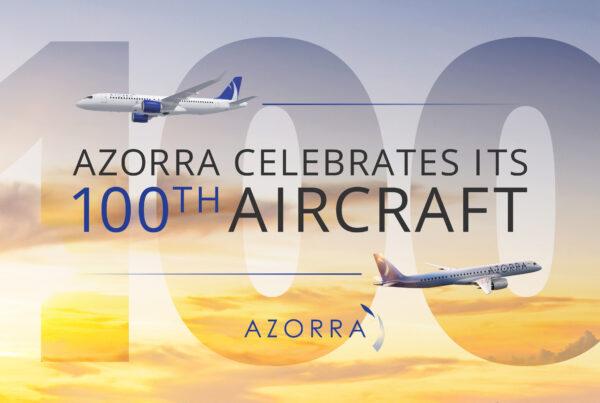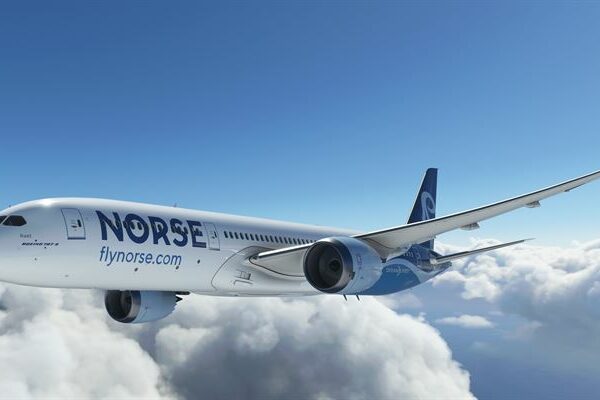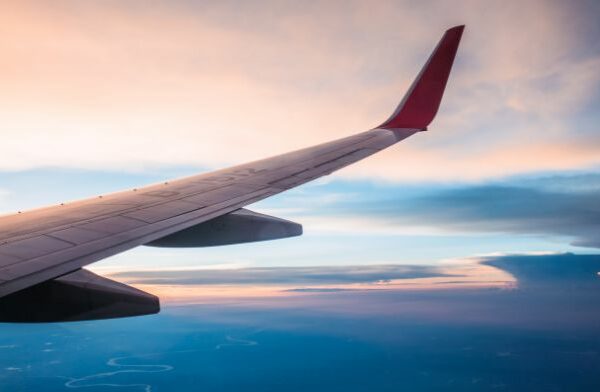One of Europe’s oldest airlines, Widerøe, has received the first production E190-E2 from Brazil’s Embraer at an official ceremony in São José dos Campos, with the manufacturer’s boss bullish on the prospects for its E2 family.
The regional carrier has finally become a jet operator at the age of 84, as the launch airline for Embraer’s 114-seat single-aisle aircraft. But it will stay true to its roots, with the vast majority of its existing fleet to consist of turboprops serving its Norwegian network, with many of its 400+ destinations only serviceable using smaller aircraft like Bombardier’s Dash 8-Q100 and Q200.
The new aircraft is due to start on its delivery journey this week, and fly into Norwegian airspace on April 12, followed by two more of the aircraft type in May and June, respectively. They will initially start flying domestic routes.
The airline has options for 12 more E2s, but Widerøe CEO, Stein Nilsen, said it would not be making any decision on those until after the summer, while it focuses its full attention on the entry into service of the new aircraft.
Embraer president, Paulo Cesar de Souza e Silva, formally handed over the aircraft to Widerøe’s Nilsen at a ceremony at the company’s São José dos Campos manufacturing facility, attended by many hundreds of its employees. He said he was “bullish” on the E2’s market, with many campaigns underway globally and with “many CEOs here” to see the aircraft in the flesh. “The interest in the aircraft is very high,” he added.
Right-sizing strategy
Widerøe’s 114-seat, single-class E190-E2s will help the airline as it continues its growth plans and follows a ‘right-sizing’ strategy for its fleet.
It currently transports 2.8 million passengers annually between 46 domestic and international cities on approximately 450 daily flights. The new aircraft, powered by Pratt & Whitney’s PW1900G geared turbofan engine, will play a major part in the airline’s plans to expand its network further afield within Europe.
Widerøe’s network in Scandinavia currently consists of 60% commercial routes and 40% PSO (Public Service Obligations) routes.
Nilsen said the aircraft was “ideal for Widerøe as we introduce jets for the first time in the company’s 84-year history.” He added that the E2 family’s flexibility, including the E195-E2 due to start operations next year and the smaller E175-E2 due to enter into service in 2021, was “very important to us as a regional carrier. Right-sizing is essential – it’s a critical issue. In good time we will come back to talk with Embraer about more aircraft. We see more coming to us.”
The new aircraft will also help the airline come back to its customers “with a better offer,” in terms of lower fares, he said, while they would also contribute more commercially: “We have to make money as an airline.”
That also includes using the E190-E2 to further develop existing routes like Bergen-Tromso, as well as catering to the increasingly heavy traffic flow from the south of Norway to the north as Arctic Circle tourism continues to grow.
Regarding the E2’s potential market, John Slattery, president and CEO of Embraer Commercial Aviation, commented that he would be “very disappointed if we do not announce further firm orders by the end of this year,” adding that it was in talks with a number of “marquee airlines.” He continued: “There was an airline CEO or two here yesterday, and there’s more coming in. There’s lots of activity, and they’re not just kicking the tyres anymore.”
Widerøe’s new aircraft will also have the support of Embraer’s Flight Hour Pool Programme, which covers more than 300 key rotable components.



Embraer CEO, Paulo Cesar de Souza e Silva (centre), with employees at the handing over ceremony in São José dos Campos.







